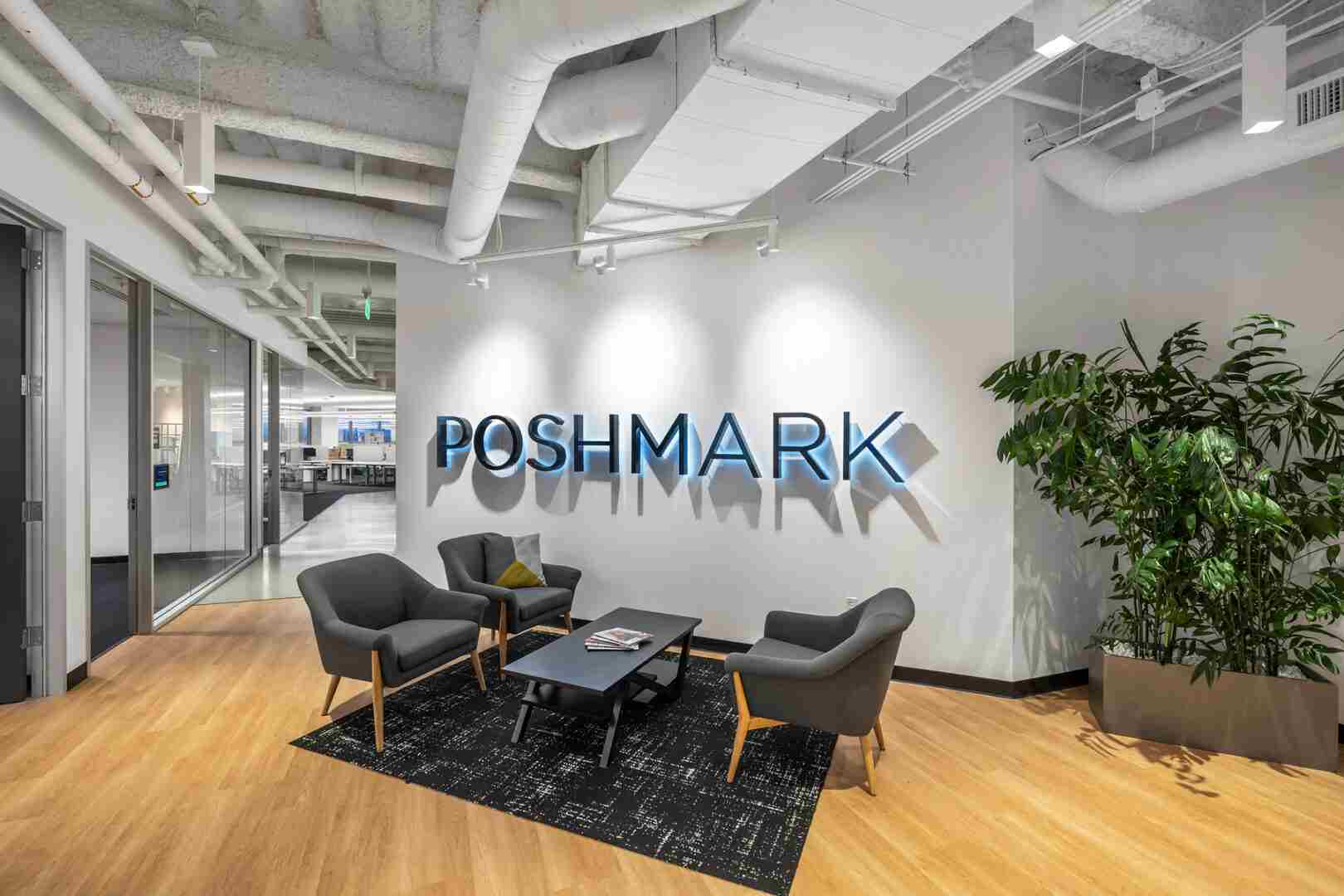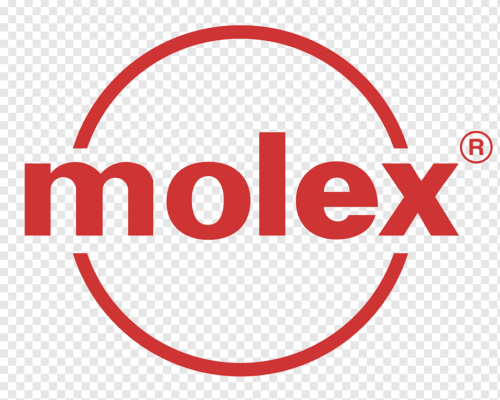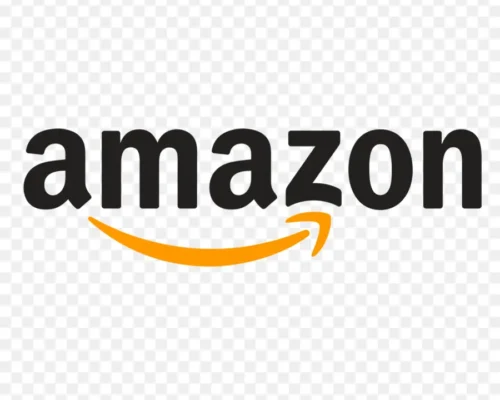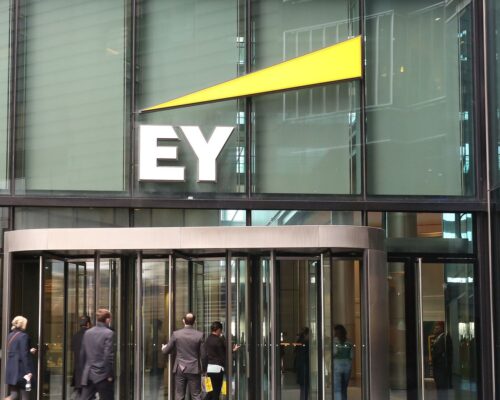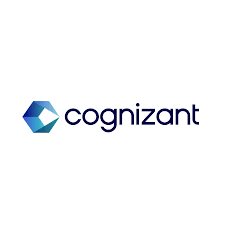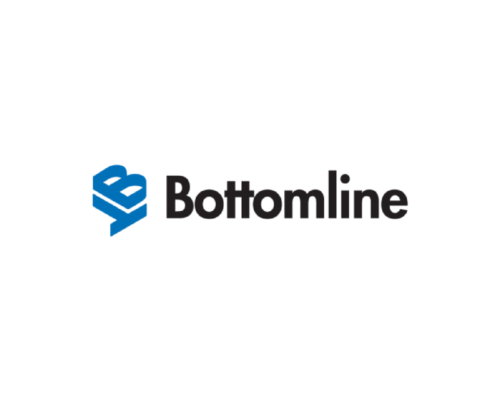Poshmark: Revolutionizing Social Commerce with a Sustainable Approach
Introduction
Founded in 2011, Poshmark has rapidly grown into a leading social marketplace for new and secondhand fashion and lifestyle items. Headquartered in Redwood City, California, it bridges the gap between e-commerce and social media, creating a shopping experience where users can interact, discover, and shop in an engaging and sustainable manner. With a presence in several countries, including the U.S., Canada, Australia, and India, it has gained over 80 million registered users and continues to expand globally. In 2023, the company took a significant step by joining the South Korean tech giant Naver, which promises to enhance its growth and technological capabilities.
The Poshmark Concept and Unique Selling Proposition
Poshmark’s business model combines the human connection of in-person shopping with the convenience of online marketplaces. The platform allows users to list their new or secondhand items for sale, while buyers can browse, like, and comment on listings, creating a community-centered shopping experience. Unlike traditional marketplaces, it emphasizes community and social engagement, enabling users to follow sellers, participate in virtual “Posh Parties,” and share listings within their network, which fosters a sense of connection and trust among buyers and sellers.
It model is also rooted in sustainability, as it promotes the resale of goods, contributing to the circular economy and reducing waste in the fashion industry. This aspect of the platform resonates strongly with younger, eco-conscious consumers who prioritize sustainable practices.
Key Features of Poshmark’s Platform
- User-Driven Listings: Users list items from various categories, including clothing, electronics, beauty products, and home goods. The process is simple: users take a photo of the item, set a price, and post it on the platform.
- Posh Parties: These are virtual events where users gather to buy, sell, and share listings from specific themes or categories. Posh Parties foster a sense of community and make the shopping experience interactive and fun.
- Social Networking Features: it includes features similar to social media platforms, allowing users to follow one another, share listings, and comment on items. This social element differentiates Poshmark from other e-commerce platforms and builds engagement.
- Seller Tools and Promotions: It provides sellers with tools to promote their listings, including “Offer to Likers” options, price drops, and bundling discounts. These features encourage purchases and enable sellers to optimize their sales.

Poshmark’s Impact on the Fashion and E-Commerce Industry
It has played a pioneering role in the rise of social commerce, blending social networking elements with e-commerce to create a unique user experience. Unlike traditional retail models, it enables users to create individual storefronts, allowing micro-entrepreneurs to thrive and build businesses on the platform. For many sellers, especially smaller fashion brands and individuals, Poshmark offers an alternative retail avenue that bypasses the logistical and financial challenges of starting a traditional business.
The company’s emphasis on secondhand items has also contributed to the “re-commerce” trend, which encourages the reuse of products and reduces environmental impact. By focusing on resale, aligns with sustainable values and helps to reduce the waste associated with fast fashion.
The Naver Acquisition and Future Growth
In 2023, it joined the South Korean technology conglomerate Naver in a deal valued at around $1.2 billion. Naver, known for its search engine and e-commerce platforms, aims to expand its footprint in the United States with this acquisition and leverage its technological resources to enhance Poshmark’s user experience. This partnership offers Poshmark access to Naver’s advanced AI capabilities and e-commerce tools, which could enhance search functionalities, personalization, and marketing on the platform
The acquisition also highlights the rising popularity of social commerce globally. Naver’s investment in Poshmark underscores its potential to grow outside of North America by leveraging Naver’s presence and expertise in Asia. This partnership is expected to enhance Poshmark’s live commerce features and international growth, further diversifying its reach and user base.
Poshmark’s Commitment to Sustainability and Ethical Shopping
A crucial part of Poshmark’s brand identity is its dedication to sustainability. The platform encourages the resale of items, extending product life cycles and reducing waste associated with disposable fashion. Poshmark’s model aligns with a growing consumer trend toward sustainable fashion, where shoppers seek to minimize their environmental footprint. By buying secondhand, users contribute to reducing the demand for new products, which helps conserve resources and reduce the waste generated by fast fashion.
Poshmark also fosters ethical consumption by empowering individual sellers to build small businesses on the platform. Through Poshmark, sellers can earn income from items they no longer use, while buyers access affordable fashion options, making sustainable shopping accessible to a broader audience.
Financial Success and Market Position
Since its inception, Poshmark has seen significant financial growth, becoming a profitable platform for both the company and its community of sellers. The platform earns revenue by taking a commission on each sale: 20% on sales over $15 and a flat $2.95 on sales under $15. This revenue model has proven successful, allowing Poshmark to scale quickly while creating value for its sellers.
With its innovative approach to e-commerce, Poshmark faces competition from platforms like eBay, Depop, and ThredUp, as well as from traditional retail giants that are beginning to adopt resale programs. However, Poshmark’s focus on community and social engagement differentiates it from these competitors, positioning it as a unique player in the resale market.
Challenges and Future Opportunities
Despite its successes, Poshmark faces challenges, including maintaining user engagement, adapting to evolving fashion trends, and navigating the competitive landscape of e-commerce. Additionally, as the platform expands internationally, it must adapt to the diverse preferences and shopping behaviours of global markets.
Looking ahead, Poshmark has several opportunities to explore, including expanding its product categories and improving its technological capabilities, particularly in AI-driven recommendations and personalization. The company could also focus on enhancing its live commerce features, capitalizing on the rising trend of live shopping events. With Naver’s support, Poshmark is poised to continue innovating in the social commerce space and expand its influence as a leader in sustainable, community-driven shopping.
Subscribe On YouTube
Home
